I've encountered a problem that I don't understand. Let's take two MOSFETs of the same model and the same batch (one with lower on-resistance (V1.T1) and the other with higher on-resistance (V1.T5)) tested on the same V_GS, V_DS, I_D.
- Why is the turn-on slower than the turn-off in general?
- Why does the MOSFET with a higher on-resistance turn on slower and turn off faster than the one with lower on-resistance?
